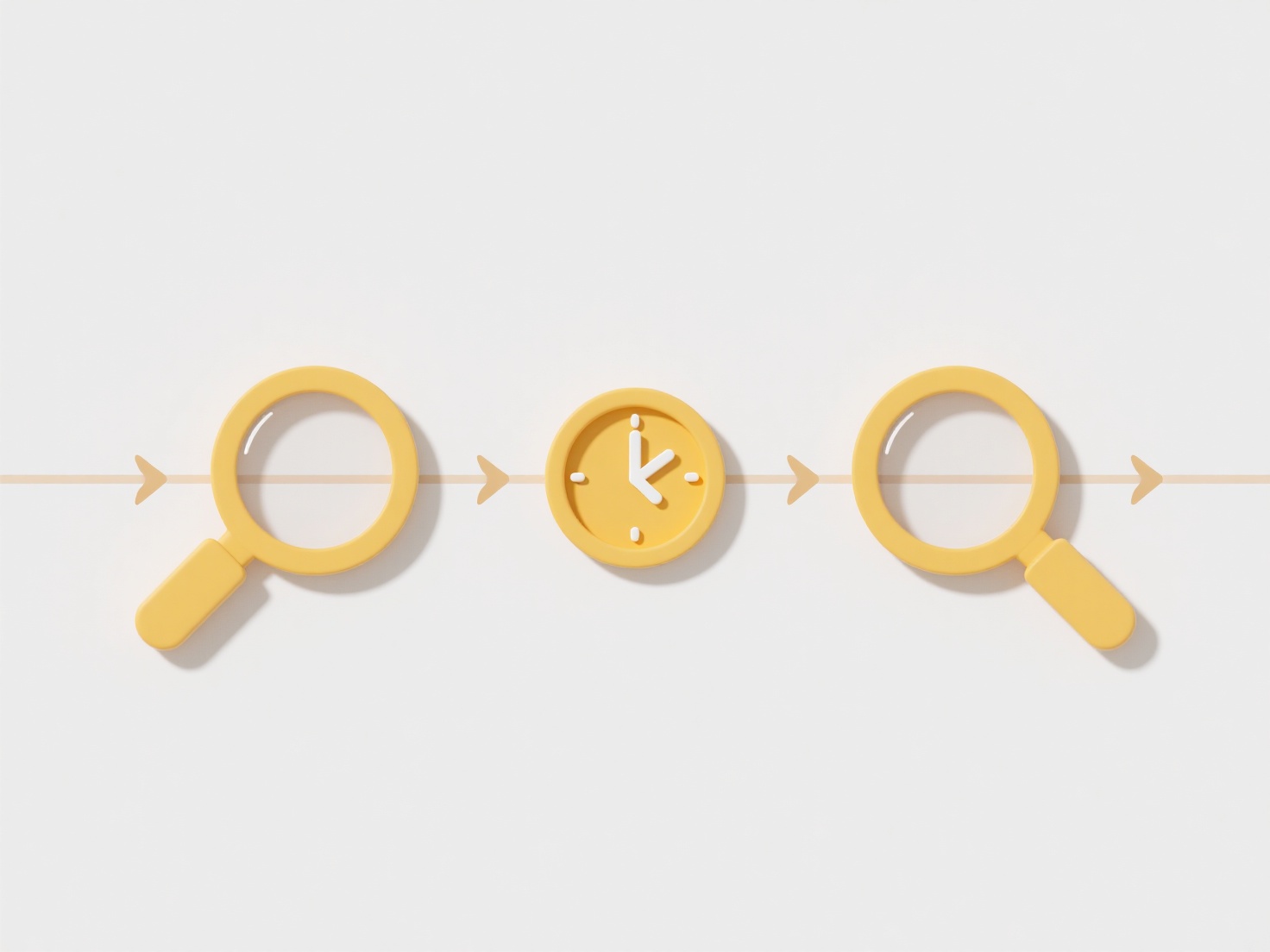
Resetting or reformatting your device erases data stored locally on its hard drive or internal storage. Crucially, cloud files reside on remote servers managed by your cloud storage provider (like Google Drive, iCloud, or Dropbox), not primarily on your device. Your device typically holds only a synchronized copy of files stored in the cloud. Reformatting removes this local copy and any un-synced changes, but it does not directly affect the original files safely stored on the cloud servers.

For example, if you reformat your laptop, all your local documents and downloads are erased. However, files you previously saved and synchronized to your Google Drive account will remain accessible through the Google Drive website or the Drive app after you reinstall it and sign in. Similarly, photos backed up to iCloud Photos remain viewable on iCloud.com or any other device signed into your iCloud account, even after resetting your iPhone.
The primary advantage is that cloud storage inherently protects against data loss from local device failures or resets. Your files remain safe online. A key limitation is ensuring files were properly synced before the reset; any files saved only locally and not uploaded to the cloud will be lost. Modern cloud apps are designed with this separation in mind, making device resets significantly less catastrophic for data stored in the cloud.
What happens to cloud files if I reset or reformat my device?
Resetting or reformatting your device erases data stored locally on its hard drive or internal storage. Crucially, cloud files reside on remote servers managed by your cloud storage provider (like Google Drive, iCloud, or Dropbox), not primarily on your device. Your device typically holds only a synchronized copy of files stored in the cloud. Reformatting removes this local copy and any un-synced changes, but it does not directly affect the original files safely stored on the cloud servers.

For example, if you reformat your laptop, all your local documents and downloads are erased. However, files you previously saved and synchronized to your Google Drive account will remain accessible through the Google Drive website or the Drive app after you reinstall it and sign in. Similarly, photos backed up to iCloud Photos remain viewable on iCloud.com or any other device signed into your iCloud account, even after resetting your iPhone.
The primary advantage is that cloud storage inherently protects against data loss from local device failures or resets. Your files remain safe online. A key limitation is ensuring files were properly synced before the reset; any files saved only locally and not uploaded to the cloud will be lost. Modern cloud apps are designed with this separation in mind, making device resets significantly less catastrophic for data stored in the cloud.
Quick Article Links
What is a .tiff file used for?
A TIFF file (Tagged Image File Format) stores high-quality raster images using lossless compression, preserving all orig...
What’s the most efficient way to categorize large numbers of files?
What’s the most efficient way to categorize large numbers of files? Efficiently categorizing a high volume of files hi...
How do I store render files or temporary output?
Render files or temporary outputs are intermediate data generated during processing that aren't intended as the final pr...